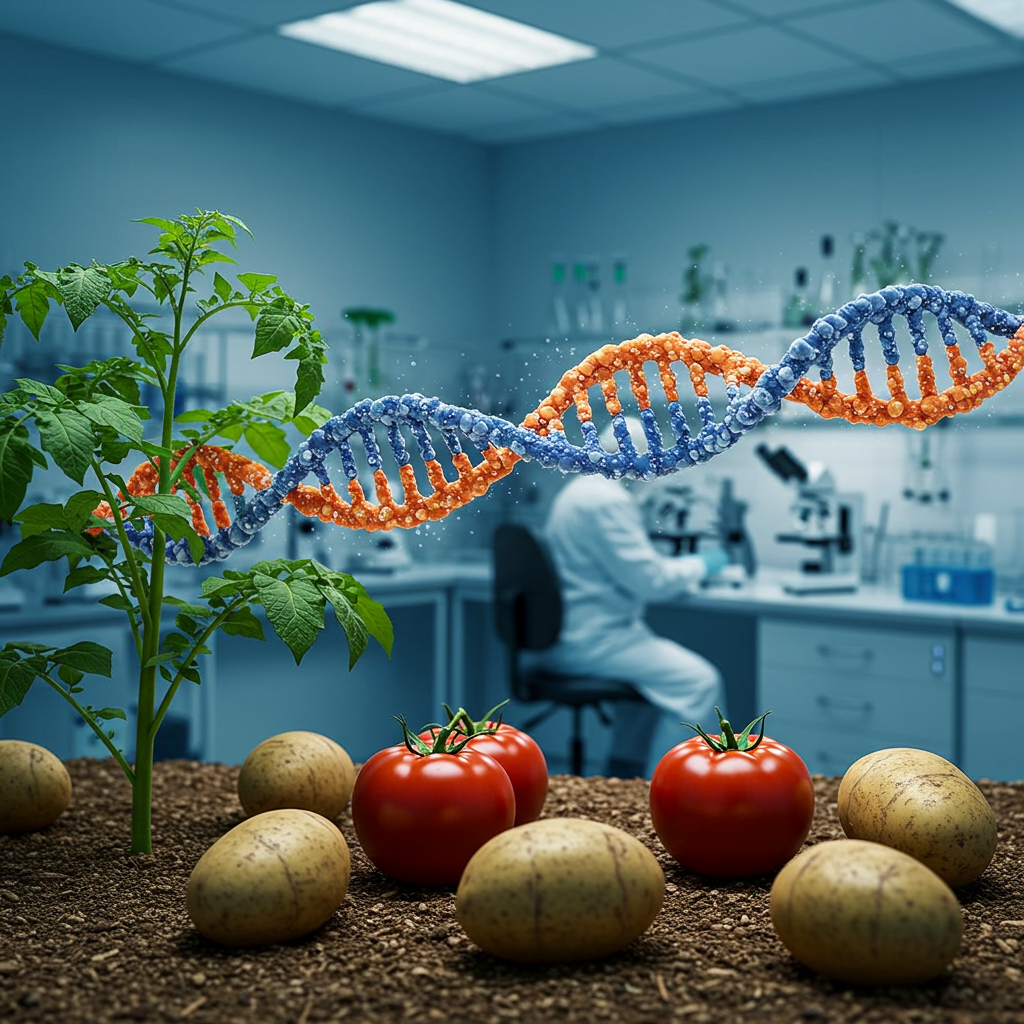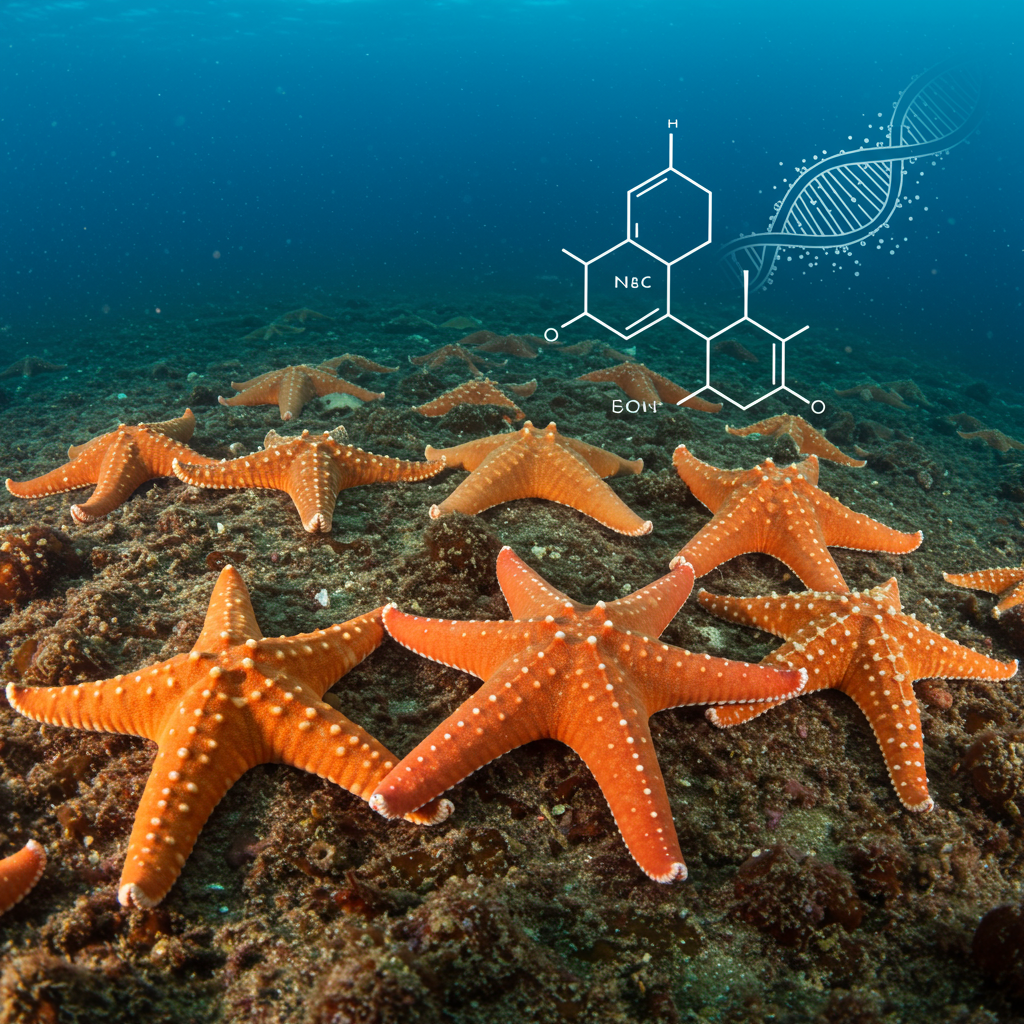For generations, the humble potato has graced our tables, a versatile staple feeding billions worldwide. Yet, its evolutionary past remained shrouded in mystery. Now, groundbreaking scientific research has definitively answered a puzzling question: did the potato originate from a tomato ancestor? The surprising answer reveals a fascinating ancient “plant romance” that fundamentally shaped one of humanity’s most crucial food crops. This pivotal discovery not only solves a long-standing botanical enigma but also opens new avenues for enhancing potato resilience and nutrition in the face of modern agricultural challenges.
Unraveling the Potato’s Surprising Family Tree
New research published in the journal Cell has delivered a stunning revelation about the potato’s lineage. Far from a solitary evolution, the modern potato owes its existence to a remarkable hybridization event. Approximately eight to nine million years ago in ancient South America, two distinct plant lineages combined forces. One was an ancient relative of the tomato, and the other was a potato-like species known as Etuberosum. This unlikely interbreeding gave birth to the Petota lineage, which includes our beloved Solanum tuberosum and over 100 wild potato species.
This discovery clarifies why earlier genetic studies sometimes presented conflicting results. Scientists previously noted that modern potatoes physically resembled Etuberosum species from Chile. However, phylogenetic analysis often showed a closer genetic kinship between potatoes and tomatoes. The new comprehensive genomic study, analyzing 450 cultivated potato genomes and 56 wild species, resolved this paradox. It confirmed a stable, mixed genomic ancestry in all Petota members, combining traits from both the Etuberosum and tomato lineages.
The Genetic Innovation That Sparked Tuber Formation
The key to the potato’s success lies in its starchy underground tubers. These nutrient-rich storage organs are what make the potato such an indispensable global food source. Neither the ancient tomato ancestor nor the Etuberosum species possessed these tubers independently. The magic happened during the hybridization. This unique genetic blend triggered a revolutionary new trait: tuberization.
Researchers pinpointed two critical genes responsible for this evolutionary leap:
SP6A Gene: This gene, inherited from the ancient tomato parent, acts as the primary signal, instructing the hybrid plant to initiate tuber production.
IT1 Gene: Originating from the Etuberosum lineage, this gene plays a crucial role in controlling the growth and development of the underground stems that form these tubers.
The presence of both these specific genetic pieces was indispensable for the hybrid offspring to successfully produce and develop tubers. This remarkable genetic reshuffling demonstrates how hybridization, often thought of as an evolutionary dead-end, can be a potent force for creating novel traits and sparking new species.
An Evolutionary Advantage in a Changing World
The emergence of the tuber wasn’t just a biological curiosity; it was a perfect adaptive response to a changing environment. This genetic innovation coincided with the rapid geological uplift of the Andes Mountains, which began roughly 10 million years ago. As the Andes rose, they created new high-altitude environments characterized by cold, dry conditions and harsh weather.
The newly acquired ability to form tubers provided a profound survival advantage. Tubers allowed the early potato plants to:
Store Nutrients: They acted as underground larders, accumulating carbohydrates and water, essential for enduring cold seasons and nutrient-scarce periods.
Facilitate Asexual Reproduction: Tubers enabled plants to reproduce efficiently without seeds or pollination, crucial in challenging environments where sexual fertility might be reduced.
This unique combination of traits allowed the Petota lineage to thrive and rapidly expand its range throughout the emerging Andes and central Mexico. While Etuberosum also has underground resprouting organs, the superior nutrient storage and reproductive capabilities of the tuber-bearing Petota enabled it to flourish in diverse ecological niches, from grasslands to high alpine meadows. This adaptability fueled an explosion of new species, contributing to the rich diversity of wild potatoes we see today.
The Potato’s Enduring Global Importance
Today, the potato stands as the world’s third most important food crop for human consumption, after rice and wheat. Its affordability, versatility, and high carbohydrate content make it a global staple. Beyond being a calorie powerhouse, potatoes are nutrient-dense, offering vitamin C, potassium, fiber, and even resistant starch. They are naturally gluten-free and low in fat. This nutritional profile and adaptability to diverse climates make them a vital component of global food security.
China is currently the leading potato producer, highlighting its widespread cultivation. Across the globe, approximately 5,000 known potato varieties exist, a testament to its genetic diversity and the extensive breeding efforts over centuries. Understanding the potato origin and its evolutionary journey provides invaluable insights for safeguarding and enhancing this critical crop.
From Ancient Hybrids to Future Farms
While the potato’s ancient hybridization was a triumph of natural evolution, its modern cultivation methods face significant challenges. Contemporary potatoes are primarily grown clonally – by planting parts of tubers. This asexual reproduction method, while efficient for propagation, leads to a gradual accumulation of deleterious mutations over time. This makes cultivated potato plants more delicate, less vigorous, and highly susceptible to diseases, as tragically demonstrated by historical events like the Irish Potato Famine.
The detailed genetic map uncovered by this new research offers a transformative blueprint for the future of potato agriculture. Researchers like Sanwen Huang envision leveraging this understanding to develop healthier, more resilient potato plants. The goal is to create new hybrid varieties that can be grown from seeds rather than tubers. Seed propagation would allow scientists to selectively prune out undesirable mutations and build in greater disease resistance, a process not feasible with clonal reproduction.
The “clean” genetic platform of the tomato, which is largely free of these harmful mutations, is seen as a potential partner in this human-driven hybridization. Imagine a future where we can reintroduce beneficial genes into potatoes, creating varieties that are not only robust but also perfectly suited to address environmental challenges like climate change. Some even playfully envision a “tomtato” – a novel crop producing tomato fruit above ground and potato tubers below, though the primary focus remains on optimizing existing crops for specific desired traits.
A Linguistic Aside: Potato and Tomato
Beyond the fascinating genetic link, there’s also a curious linguistic connection between “potato” and “tomato.” According to Merriam-Webster, the word “tomato” initially entered English as “tomate,” derived from the Nahuatl word “tomatl.” However, since the word “potato” had been introduced into English several decades earlier, “tomate” evolved its spelling to “tomato” to mimic the form of “potato.” This linguistic mirroring further intertwines the narratives of these two distinct, yet evolutionarily linked, members of the nightshade family.
Frequently Asked Questions
How did potatoes evolve from tomatoes, given their differences?
The evolution of the modern potato isn’t a direct transformation from a tomato, but rather a result of an ancient natural interbreeding event, or hybridization. Approximately 8 to 9 million years ago, an ancient relative of the tomato cross-bred with a potato-like species called Etuberosum in South America. While Etuberosum resembled potatoes but lacked tubers, the tomato ancestor contributed a crucial gene (SP6A) that signaled tuber production. When combined with Etuberosum‘s gene (IT1) that controlled tuber growth, this unique genetic mix created the first tuber-bearing potato plants.
Why is understanding the potato’s evolutionary origin important for modern agriculture?
Understanding the potato’s evolutionary origin is crucial for developing more resilient and sustainable crops. Modern cultivated potatoes suffer from accumulated harmful mutations due to centuries of clonal reproduction (growing from tubers). Knowing the genetic blueprint of its origins, particularly the contributions from the tomato and Etuberosum lineages, allows scientists to identify genes for disease resistance and improved vigor. This knowledge can guide new breeding programs to create healthier, seed-propagated potato varieties, reducing susceptibility to diseases and ensuring global food security in the face of environmental challenges.
What key genes are involved in potato tuber formation, and where did they originate?
The formation of potato tubers, the plant’s essential storage organs, relies on a synergistic interaction of specific genes from its ancient parents. The SP6A gene, which initiates the process of tuberization, was inherited from the ancient tomato ancestor. Conversely, the IT1 gene, responsible for controlling the growth and development of the underground stems that form the tubers, originated from the Etuberosum lineage. Both these genetic contributions were indispensable for the creation of the modern potato’s signature tubers.
Conclusion
The mystery of the potato origin has finally been solved, revealing a testament to the dynamic power of evolution through hybridization. From an unexpected genetic partnership between ancient tomato relatives and Etuberosum, the potato emerged, armed with the revolutionary tuber trait. This enabled it to conquer challenging high-altitude environments and ultimately become one of the world’s most vital food crops. The insights gained from this scientific breakthrough are not just for historical curiosity; they provide a critical roadmap for scientists and agriculturalists. By understanding the potato’s ancient past, we can better engineer its future, cultivating healthier, more sustainable varieties that will continue to nourish populations for generations to come.




